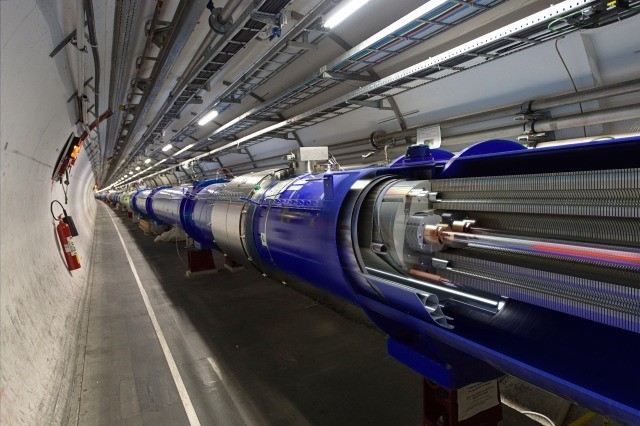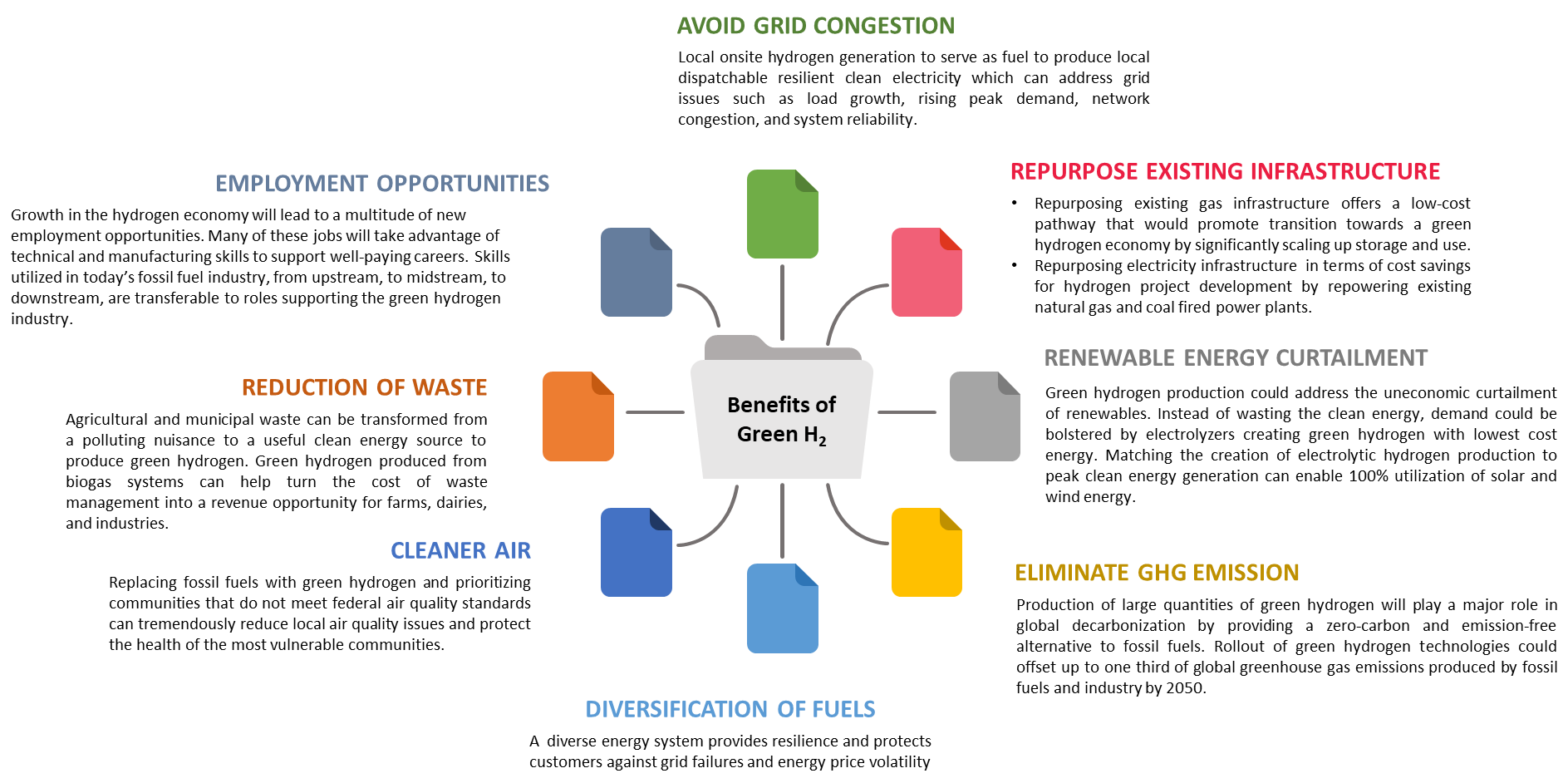1.0 Preamble
The lean thinking is a scientific approach in managing time and cost of the construction project which emphasize waste minimization and customer satisfaction. It originated from Toyota and adopted all over the world for managing the manufacturing process to enhance the quality, productivity and safety. The focus point of lean management is to design a customer centric approach by minimizing cost and time by reducing all kind of wastes in the production.
2.0 Lean Management in Construction
The construction is an uncertain sector where the target business remains as it is but priorities changes frequently. Here supportive and non-value addition works are more comparing than manufacturing sector, adopting lean principle is a challenge. Here to increase the operational efficiency, one need to control the inventory even though the unpredictable weather, market, vendors, inventory requirements and especially the labours both skilled and unskilled. These variations cannot be eliminated by one go with lean principles but it can improve the controllable and uncertainties will be addressed confidently. Lean management helps the team to schedule the resource requirements such as men, machine and materials more effectively which provides the expected outcome within the estimated time and budget. This encourages the construction firms to adopt lean management as tool for continual improvement in product and services through effectively managing process and practices.
The six basic lean principles followed in construction management are discussed below for common understanding and implementation.
- Identifying Value
The construction industry mainly has focused on the needs of the customer to provide value to the product/service demanded. Realizing the customer requirement and perspective during the planning stage and shape their idea in to reality with an efficient team of engineers, suppliers and labours will provide great faith on the firm.
- Map the Value Stream
Generate a value stream such a way that the process and procedures are well defined and precisely mapped with action plan and resources requirements to give the confidence to the customer that it will be delivered in time.
- Eliminating Waste
The main aim of lean practice is to eliminate waste where every possible and following are the major areas to be considered
- Transportation – Avoid waste during transportation of men, machine, materials and equipment when moved from one site to other. Provide precise information about the transfer of goods, date, time, location and quantity to avoid excessive waiting, movement and overproduction.
- Inventory – Provide exact inventory requirements by proper estimation and avoid surplus materials which will be idle in the site and shoots-up the cost and space.
- Movement – Avoid moving materials, equipment and manpower multiple time across the site and create unnecessary motion.
- Wait Time – Do proper scheduling to avoid unengaged manpower, material and machines. This makes either manpower or equipment kept idle for unavailability of one over other because of improper planning.
- Utilisation of Resources – Allocate right person for the right job to avoid expertise or knowledge go waste on the other hand quality output will not be there right in time. Maximum utilization of available resources is very much important.
- Excess Processing – Reduce the unwanted task which doesn’t make any value to the project which lead over processing.
- Over Production – It happens when one process completed earlier than the expected time.
- Create Continuous Workflow
The purpose of lean practice is to achieve systematic, reliable and time bounded result in the construction project. In the lean management, every stage is to predetermined and need to be performed sequentially. There should not be any bottlenecks and to achieve this proper communication and collaboration required among team at every stage. Need to divide the construction activity and ensure time and resources to complete the work within the project schedule.
- Create Pull System
Creating stable workflow is a healthy sign to your organization that it will deliver the work task faster and effortless. This can be achieved by pull system or scheduling appropriately to make the collaborative work to understand the sequential nature of the work to complete with in the target time.
- Continuous Improvement
The continuous improvement is an essential life line of lean construction. Always identify the scope for improvement and act accordingly, for this close monitoring is required, similarly at any time uncertainties may occur for that you should be vigilant enough to control and manage the project with in the time frame and budget. This makes the construction project economical and profitable to the company.
3.0 Benefits of Lean Management in Construction Industry
- Lean Management minimize the cost of production and maximize the profit
- It values the customer feedback and improves the customer interaction and value. This enhances the product and services of the organization.
- Establishment of Pull and Push system prevents over production and carrying cost.
- The focused monitoring in to detail minimize the defects and increases the quality of the product.
- Lean Management provides a systematic, well defined work frame which reduces uncertainties and increases the safety of the employees.
- Introducing Lean Management will encourage work force for daily improvement that create a healthy atmosphere within the organization
- In the lean process, managers are frequently in interaction with employees about the work process, this makes them feel aligned and creates great bonding.
4.0 Concluding Note
The implementation of lean management is the need of the hour to all the construction industry to practice sustainable technology by eliminating the waste, increasing the efficiency, productivity and quality of the construction. This customer focused approach will promote inclusive culture within the organization lifts not only productivity and also employee satisfaction.





![Figure 1: Annual water requirement of Green Hydrogen production relative to Earth’s water resources. [Source: https://www.sciencedirect.com/science/article/pii/S1464285921006581]](https://s3-ap-south-1.amazonaws.com/ricedigitals3bucket/AUPortalContent/2022/07/20173957/1111.png)












